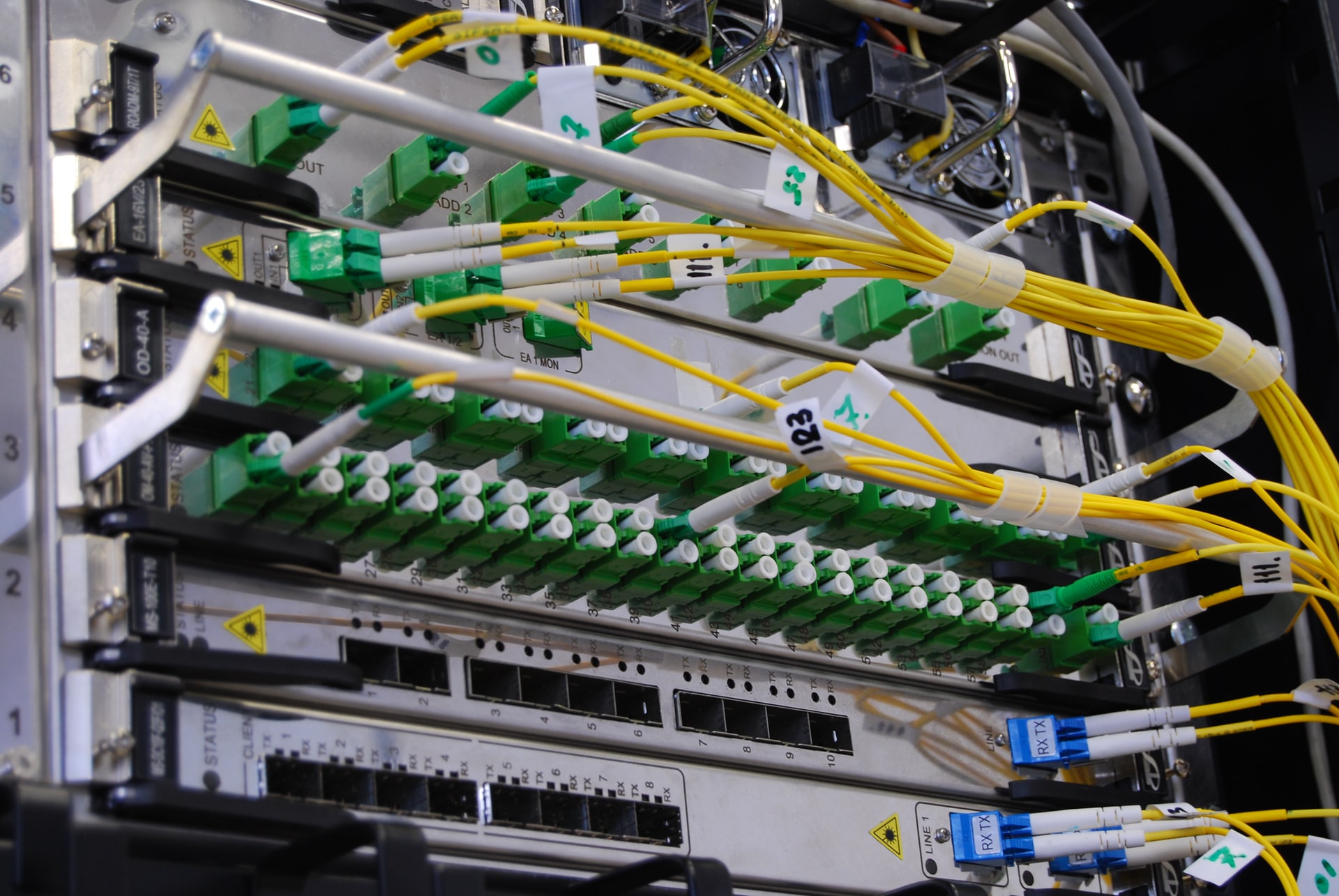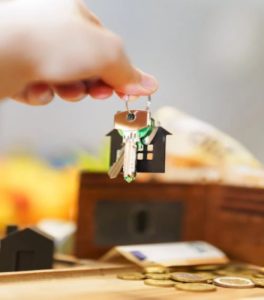How To Create Home Server for Web Hosting

So you want to set up your website, but you don’t want to pay for web hosting. If you have a prodigious internet connection and hardware available, why not do it yourself with your own home server?
Not only can this save you some bucks on hosting costs, but it can also give you a lot more options when deciding what software your server can run.
Let’s see how to create your home server for web hosting.
Also Read: What is the Microsoft Windows Search Indexer?
Table of Contents
Choose your material
If you are about to host a website, the first step in knowing how to create a website server is to choose hardware capable of hosting it.
First, consider your possible needs. Will you need more storage space or processing power? How many users do you plan to serve?
The good news is, if your budget is tight (or nonexistent), you don’t necessarily need to purchase additional hardware. An older PC can properly run the software you need for your web server.
However, be careful of the power requirements that an older PC may need, especially if you plan to run your server 24 hours a day.
Also Read: What is the LockApp.exe? How safe on Windows 10?
Choose your operating system: Linux or Windows?
Your next option when deciding how to build a server for your website is to choose your operating system with the hardware in place. There are two realistic options to choose from Microsoft Windows or Linux.
It is estimated that nearly 70% of the servers on the web are currently running Linux. The reasons may vary, but cost considerations and the ease with which these servers can be customized play an important role.
If you prefer to run a Windows web server, you will need to pay for a Windows license. Linux, in comparison, is free and open source and can be much more customizable than a typical Windows server installation would be.
Linux servers are also a secured option, with much less opportunity for hackers to exploit malware.
However, it doesn’t mean the servers are invincible. A lot will depend on keeping your software up to date and configuring your server correctly no matter which OS you choose to use.
Is your connection suitable for hosting?
DIY web hosting requires a suitable internet connection for web traffic. Your upload and download speeds are important here – residential internet connections can offer high download speeds but low download speeds.
How quickly you can “load” your website data for each user who visits your site will depend on that speed. The users who can access your site at the same time will also have to share this connection.
Test your internet connection using speed test tools like this one to determine your current speeds. You should also confirm with your ISP if you have data limits on your connection.
If your ISP is limiting your data usage or slowing you down if your usage is too high, you may need to consider switching providers.
Install and configure your server
Once you have the hardware, connection, and operating system ready, you’ll need to configure the software you need to host your site.
It will depend on the OS you have chosen for your server. Install IIS through Windows Server installations, the web server plug-in.
If you have decided to go for Linux, Apache, Lighttpd, or NGINX, there are three options to install. Apache is the best-known server. You can also install Apache on top of a classic Windows installation.
It would be best if you opened ports on your home router and firewall to allow your web traffic to flow back and forth from your web server. Ports 80 and 443 are the most critical for web traffic, so make sure they aren’t blocked.
After the server is configured and configured for web traffic, verify that it is running by visiting your server in a web browser. Most of the servers have a test page that will display once it loads. You can replace it later with files from your website.
You need to acquaint yourself with the best tools to configure and manage your web server. Here are some recommended tools for system administrators to use.
Also Read: Difference between Game Designer and Game Developer
Set up your domain name and verify that it works
Once your server is configured for user access on the Internet, your last step is to set up a domain name to allow your users to find it.
Before that, users will only be able to visit your site by typing in your web server’s external IP address. Instead of a series of numbers, you want an address that is easy for users to remember.
You will need to buy a domain name from a domain registrar, but you can sign up for a free subdomain from a No-IP service if you prefer.
With a domain or subdomain available to you, you will need to configure the relevant DNS entries so that your domain points to your servers’ IP address.
After a couple of hours for the changes to take effect, your server should be ready.
Know how to build your home server for web hosting the right way
Knowing how to build your home web host means you are ready to take incharge.
It can be a lucrative way to host your site, with the added benefit that your data leftovers in your hands, not in the hands of a third-party hosting provider. You also don’t have to worry about the type of website you host on your server.
Do you want to run a basic HTML page or a complex CMS like WordPress? You will be able to run either, as long as you configure your server correctly.




